

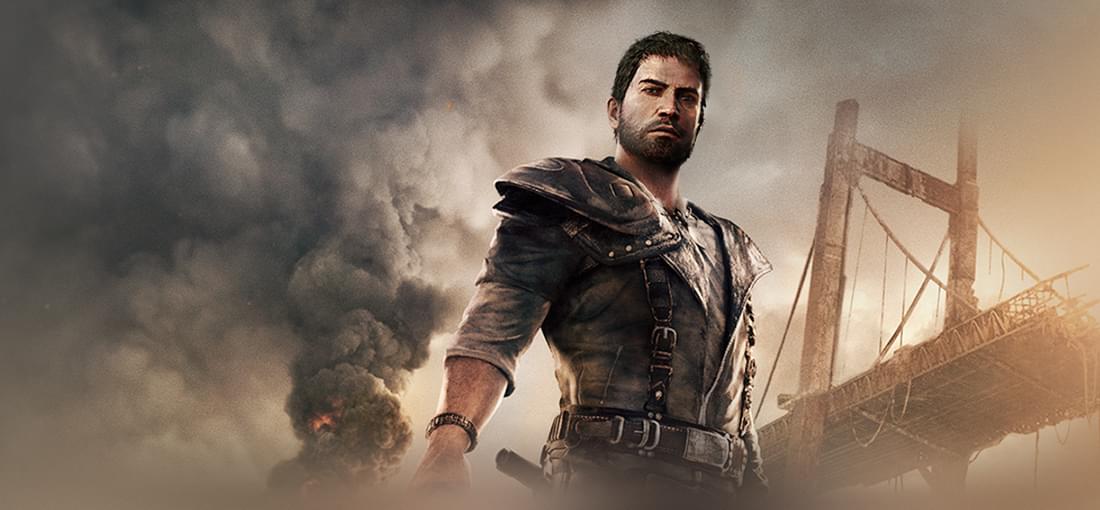
So, I originally signed up for the pre-order on XBOX 360 but obviously that got cancelled. After getting an XBOX One a few years later, the first game I grabbed was Mad Max. After completing it on there, I then bought it on Steam and played through it three more times. Needless to say, I like playing this game. Anyway, onto the review. The driving is a little delayed in steering (in my memory) and the customization is too light for a game that centralizes around automobiles (Midnight Club it is not). These are the main downsides and if you can live with that, the world itself is just cool to wander around in. I ended up building a car that I liked to drive rather than the most effective setup and played through using that. Graphics hold up well (Still looks good on 1080p max on my main rig) and the game can really be downsized to some low resolutions (ran on my Toshiba Satellite at 640x360 with everything but shadows turned off) while still maintaining a good aesthetic. Story is the biggest weakpoint as the game takes place between Mad Max 1 and The Road Warrior so the game comes full circle (for anyone that watched both, the ending is hardly a surprise). Realistically, if you're looking at a Mad Max product for anything other than the action, you're probably doing it wrong. In all, this game is a good one to pick up and when on sale is a no brainer (on sale for $4.99 at time of review).
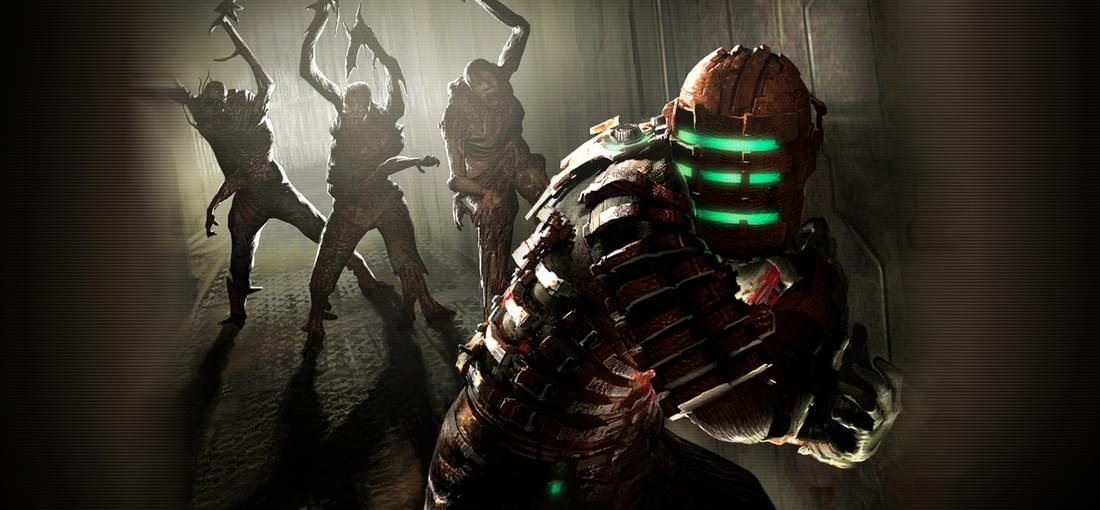
This game is one of those recommended by many people and as a result it has a bit of a mystique surrounding it. As someone playing it the first time over the course of the past week, I can say that it follows a rhythm that repeats a lot and is a story that will probably not be too surprising. Now I am by no means a professional at reviewing, there are a few aggravations in this game that forced me to roll my eyes. The story is the standard mystery story involving a powerful artifact with an unknown past and a series of changing villains. The twist at the end is something that could be felt by anyone that has played a game like this before (Spec Ops: The Line). Moving on, the combat could be excellent but is hindered by the poor mouse control, as even with the patch from PCGamingWiki, it still is delayed and floaty. This probably is felt in the most hateful section of the game, the turret sections. In other situations, the combat feels complex until you realize that shooting one arm (appendage) and the opposite leg (appendage) results in a defenseless hunk of flesh. The trope of shooting a clearly labelled weak point on an enemy makes it feel like you're in a shooting gallery, to the point where you literally can play in a shooting gallery. With criticisms out of the way, I can move on to positives. The story is something that can still be moving to go through and helped by the overall atmosphere of the game. The station made it feel like running through an H.P. Lovecraft book with how crazy some of the enemies look. I also had so many moments where I was thinking "Oh crap, Oh crap, Oh crap" while running around trying to keep my health bar out of the red that getting out of sticky situations was very satisfying. Additionally, the upgrade system was very nice to use, with immediate feedback in the combat from upgrading weaponry and the armor. Overall, this is something that fans of the horror genre will enjoy and those that want a shooter may not want to play.
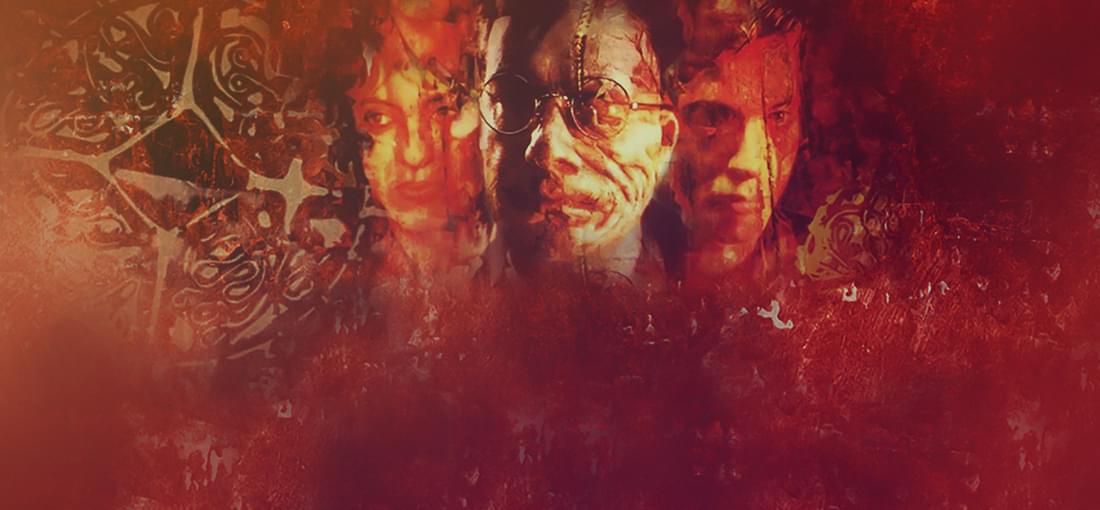
This review will not contain spoilers for the game. After seeing the review by Ross's Game Dungeon, I went ahead and purchased this game to give it a shot, as I've been on a kick of early texture-mapped 3d games. To get started, I'll talk about what's necessary to get it working properly. A big problem with this game is that it is a victim of the 1990s habit of inconsistent controls. First, if you use the US Patch found on the PC GamingWiki, you can actually remap the keyboard controls, so half of the problem is taken care of. Second, use AutoHotKey to force click both mouse buttons on a single key press. There are several preset scripts available, but you will probably have to make your own. Additionally, the US patch also allows for resolution changes (including 640x400, a 16:10 resolution, so basic widescreen exists) and some more difficulty options. Another thing I do is use DOSBOX SVN-DAUM so it had Direct3d as an output. With that out of the way, onto the review. Okay, so the atmosphere in this game is fantastically creepy, as long as you can deal with the relatively low resolution (no matter the settings, it'll still be low). Similar appearance you could say as several Build Engine games. That said, it still can be great because the lighting is amazing for the time. The story is alright, but honestly the ending kind of sucks. I'm not going to say what it is, but it still is a let down, especially considering the leadup can be a bit confusing. The combat can be really annoying thanks to the terrible controls, but post-fix is actually alright. Enemies can absorb quite a bit of damage. Overall, I would say give this game a shot if you could put up with the controls of System Shock 1 and like a bit of old-school gothic horror.
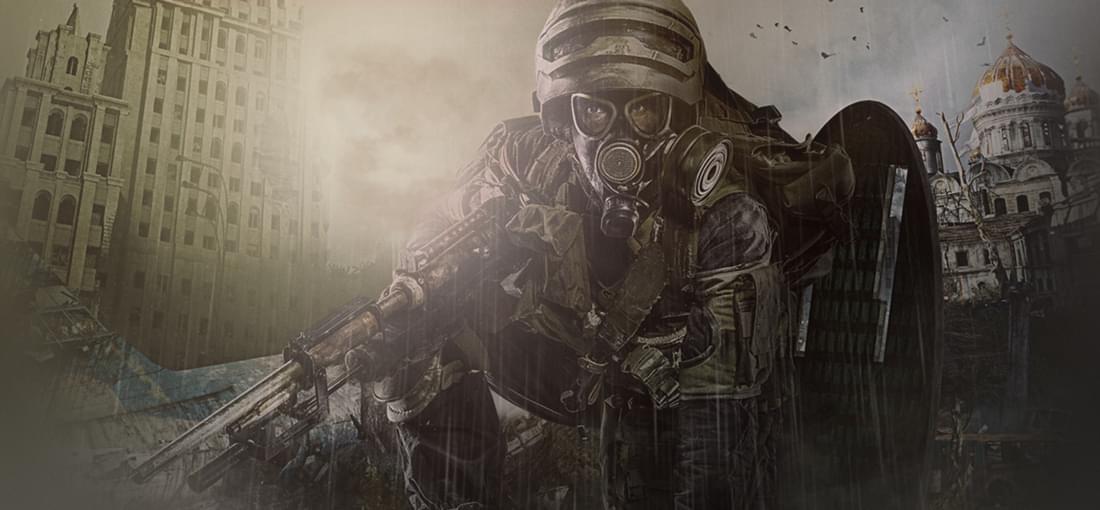
Metro Last Light is a benchmark when it comes to the post-apocalypse, for good reason. Enemy variety is pretty wide, with everything from neo-Nazis underground to bears above ground. Most enemies are mutated, and more than willing to separate your head from your body, so keep the magazine full at all times. Speaking of magazines, Metro uses the ammo you own (military-spec ammo, that is) as the currency. With it, you can purchase ammo produced in the Metro, upgrade and purchase weapons, and refill supplies such as first-aid kits and gas mask filters (keep both topped up, seriously). While possible to avoid using it, at some point you will run out of cheap ammo and have to use the expensive stuff, so maintaining trigger discipline is a must. This in mind, using stealth kills and throwing knives, it's possible to cut down on ammo usage. You have an indicator on your watch which lights up when you can be seen, so keeping that light off is of utmost importance (similar to the Thief games). Storywise, this game builds off the events of 2033 so if you played this first (like I did), it can be a little confusing with some of the things that happen. The campaign is very linear, occuring mostly in corridor after corridor. With that said, wander off the beaten path and find rewards such as ammo, filters, and journal entries (it's the apocalypse. How else would you get your feelings out?) Atmosphere is something that can make or break a game such as this, requiring the ability to unsettle with nothing going on. This game achieves it with a sense of creeping dread, especially above ground, that can and will leave you on edge. The remains of Moscow are barren, with remnants of the past popping up continually and really driving up the level of paranoia. You never quite know what is waiting around the corner, so don't relax too soon. Overall, Metro Last Light is one of my favorite games of the 2010s (and since I hate horror, that's something) and I would totally recommend it.
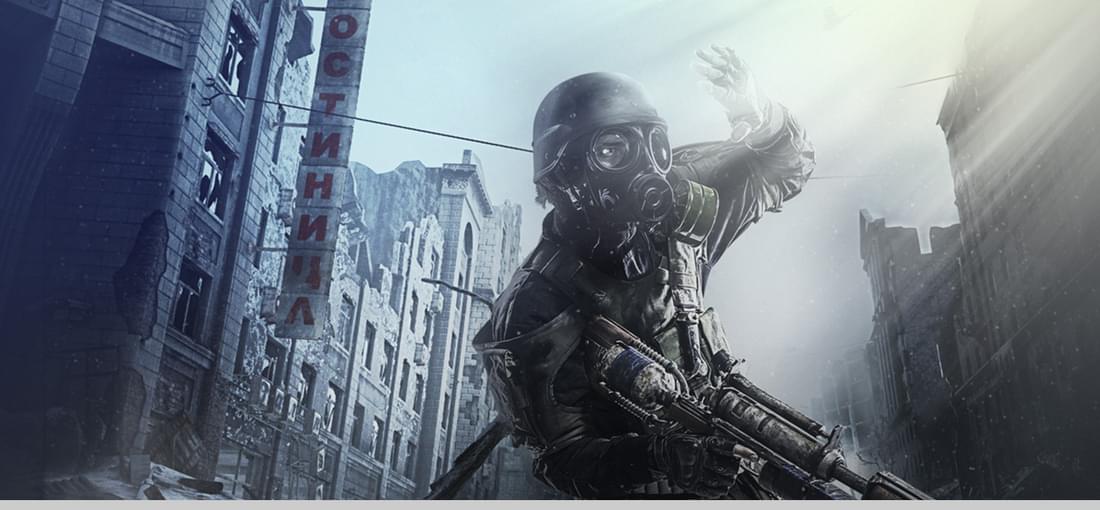
Metro 2033 is a game I respect for several reasons. First, the story. You play as Ayrtom, a young man content with living in his station on the far end of the Metro, located until the hellscape that is the remains of Moscow. Various things happen, and you start heading for the main hub of the Metro, Polis. Along the way, you encounter many abominations and horrors. Overall, a campaign that left some questions but was definitely satisfying to complete. Second, the atmosphere. You live in the remains of Moscow after a large-scale nuclear missile strike left the ground scarred and radioactive, along with a depressing reality for the sad people that had the misfortune of surviving only to be thrust into the aftermath. Many creatures roam the Metro, with some of the nastiest choosing to live on the surface. Prepare to be scared of everything, from demons to librarians (yes, librarians), and leave the magazine as close to full as you can. Traversing the Metro still has a way to leave you on edge, even without death happening around you like it's going out of style, with pervading darkness and a chilling ambience that can make your hairs stand on end. Civilization is sparse, with small bands of 20 people sticking together to defend pockets of the Metro from raiders and mutants. You can trade in some circles, using military-grade rounds as currency. Weapon variety holds up, with everything from shotguns to railguns able to dole out damage. Third, the graphics. This game was renowned for boasting impressive graphics on release, and they hold up pretty well, with good lighting and post-processing to help cover the rough textures and sometimes pointy meshes (not often). Water looks good, but don't get too close. In addition, this game runs pretty well on integrated graphics, so even if your laptop is 5 years old with Intel HD inside, the game looks good. I leave the review with 4 stars because while this is a good game, I prefer Last Light a little more.
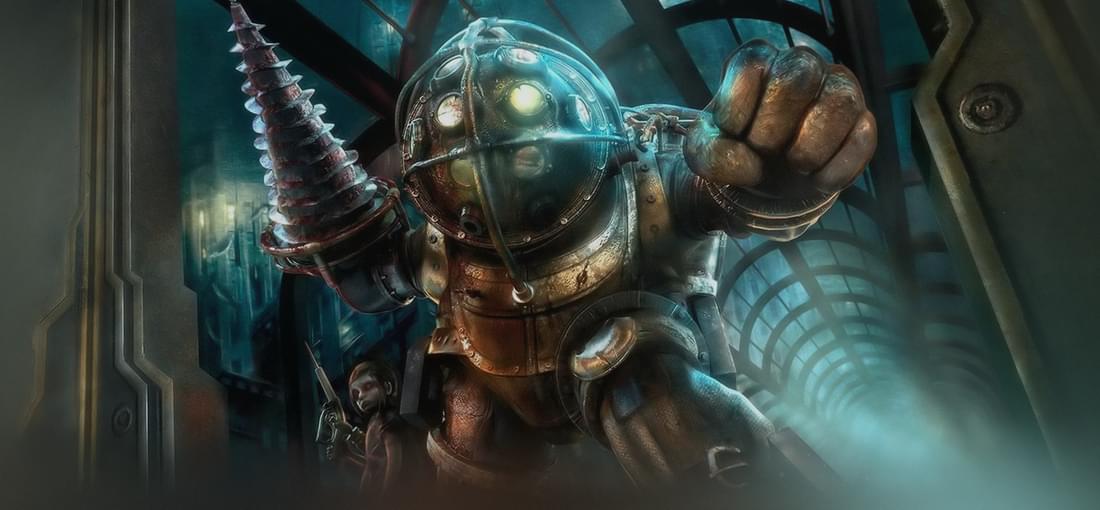
Bioshock, the spiritual successor to System Shock, definitely had some shoes to fill when it came to managing expectations. Thankfully it delivered, and Bioshock became a gaming classic, wowing critics and consumers alike. On to the review. Gameplay is still a blast, with a higher emphasis on shooting compared to its predecessor. Various types of guns can be found throughout the game, and you can upgrade them at "Power to the People" machines at certain points. In addition, you have the ability to unlock Plasmids, which are essentially superpowers, and power them with ADAM, the lifeblood of Rapture. Yes, using the power of ADAM, you can experience the awesome might of being able to shoot electric bolts, or control bees with just a snap. There are also various boosts you can apply to yourself to improve things such as melee damage and increase damage thresholds. These combine to create an overall exciting way to end lives several fathoms underwater. Storywise, there is about 10 hours in the campaign with some great setup for the main villain. Unfortunately, the ending has very little difference unless you save all of the Little Sisters, which unlocks a different cutscene. The hacking in this game is an annoyance, using plumbing tubes to hack everything while some fluid rushes towards the end of the pipe (what is it, hacking fluid?) Graphics are mostly a positive, except for one major thing, the faces. Compared to Bioshock 2, the faces in 1 are highly exaggerated and really creepy, which could work the plastic surgery angle, but seems more a technical limit that wasn't fixed. Lighting is good, and the graphics on low are still pretty impressive. In addition, Reshade can work well, but the game can be a bit random with which setups it won't work on. Setup wise, it can work pretty well on most systems (tested on Intel i5 520M with Intel HD and still pulled 20fps in 640x400). Overall, if you haven't experienced this game, would you kindly give it a shot?